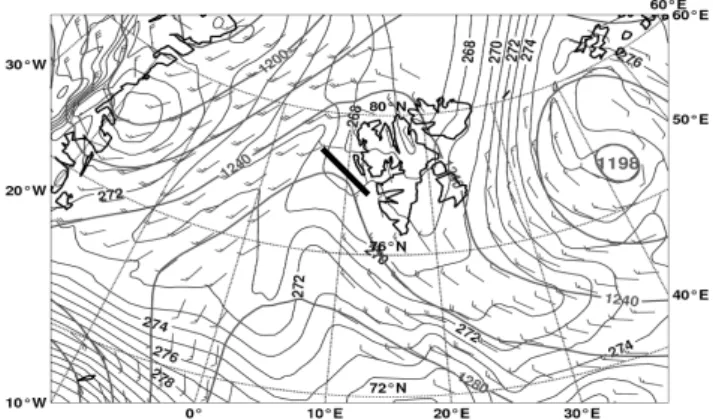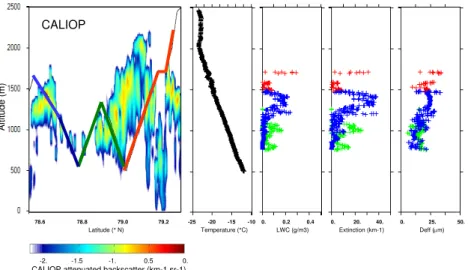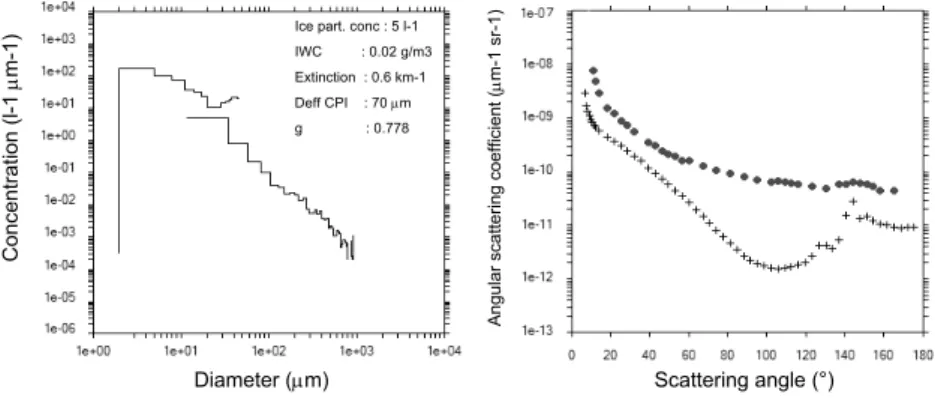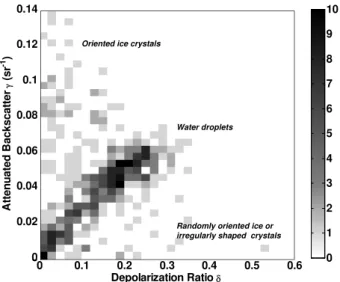Microphysical and optical properties of Arctic mixed-phase clouds. The 9 April 2007 case study.
Texto
Imagem




Documentos relacionados
In general, insoluble aerosol type freezing efficiency was illustrated to have a larger influ- ence on the overall cloud lifetime than the soluble mass frac- tion of the
Large variation in microphysical characteristics of the boundary layer clouds and the aerosol concentration were found, and in particu- lar the CDP cloud droplet number concentration
During the period of scientific campaign “Arctic Study of Tropospheric Aerosols, Clouds and Radiation 2004” (ASTAR2004), precipitation samples were collected in late spring
As il- lustrated by the distribution relative to the median line, the most frequent IWC values found in liquid origin cirrus are higher than those observed in the in situ origin
Methods of aircraft icing are based on the difference in behavior of the polarization of radar signal in case of water clouds, ice clouds and their mixed ensembles.. The
If cirrus clouds lead to a warming or cooling thus depends on their macrophysical properties such as the optical thickness of the cloud which is determined by microphysical
Performed tests have shown that application of phosphorus in form of CuP10 and AlSr10 master alloy as an inoculant gives positive results in form of refinement of primary crystals
In simulation SCAV- w the scavenging processes within the orographic cloud im- pact the aerosol size distribution by reducing the number and mass of unactivated aerosol particles..




